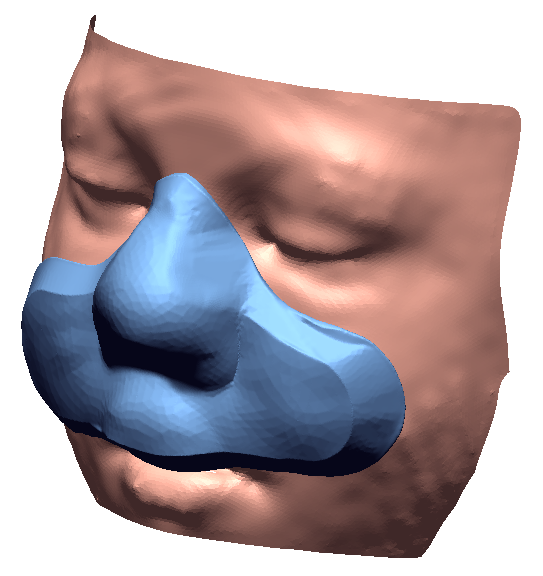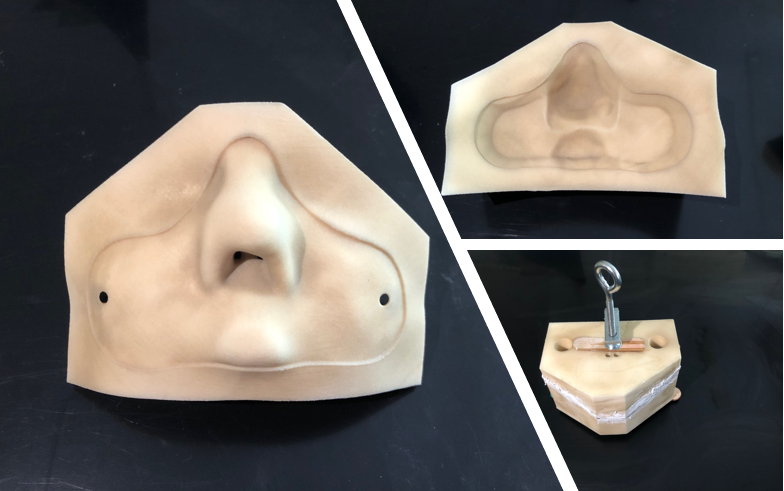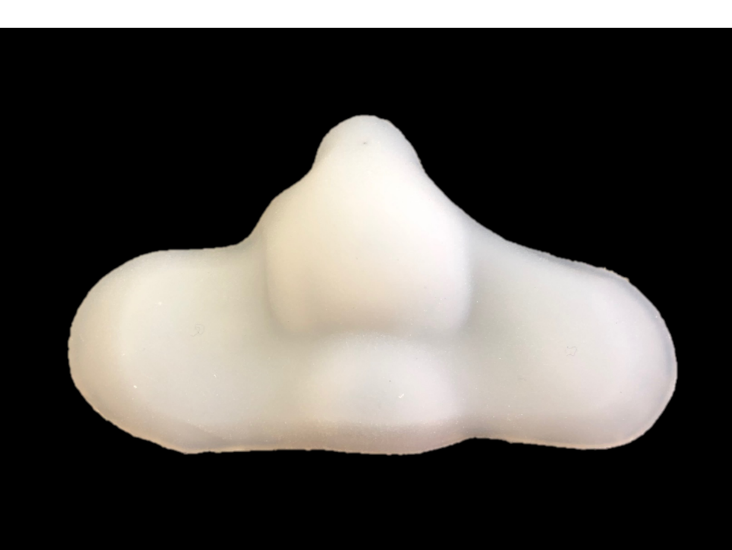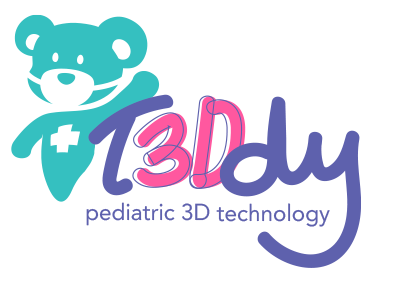Radiotherapy is a type of treatment that uses high-energy ionizing radiation for the destruction of tumor tissue. The goal of the treatment is to maximize and homogenize the radiation dose in the target volume (tumor tissue) while saving the surrounding healthy tissue.
In the treatment of skin cancer is commonly used the bolus, a device made with tissue-equivalent materials, which is placed on the surface to be treated allowing the radiation beam to deposit the maximum dose on the skin.
The characteristics that the bolus must have are:
- Density of the material similar to that of fabrics,
- Geometry compliant with the surface to be treated,
In this context, we addressed the clinical case of a patient with skin cancer affecting the upper nose and lip region. In order to treat the tumor, a bolus was made based on the specific anatomy of the patient.
Based on a CT scan of the subject, a virtual 3D reconstruction of the head was processed, on which a virtual mask was created, adapted to the skin surface of the anatomical region of interest (see Figure 1).

The realization of the mask was made possible thanks to the use of 3D printing, which allowed to obtain the molds in Figure 2, inside of which a silicone rubber with a density comparable to that of soft tissues ( 1.06 g/cm^3) was poured.

n figure 3 is shown the silicone rubber mask that has been properly sterilized with hydrogen peroxide before its use.

The bolus, positioned on the skin surface of the patient during radiotherapy treatment, was comfortable and adherent to the surface to be treated. The device thus ensured optimal treatment of the tumor tissue.

